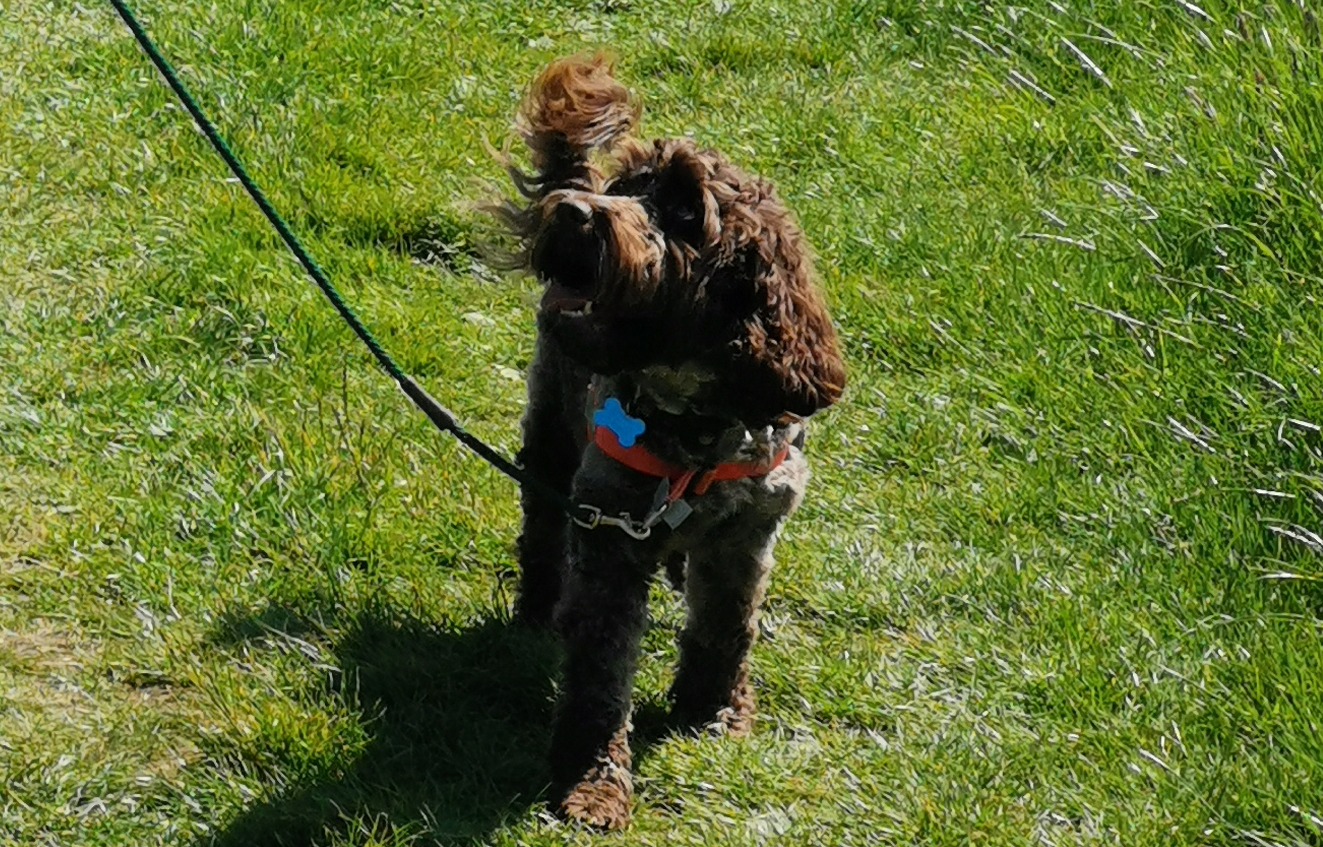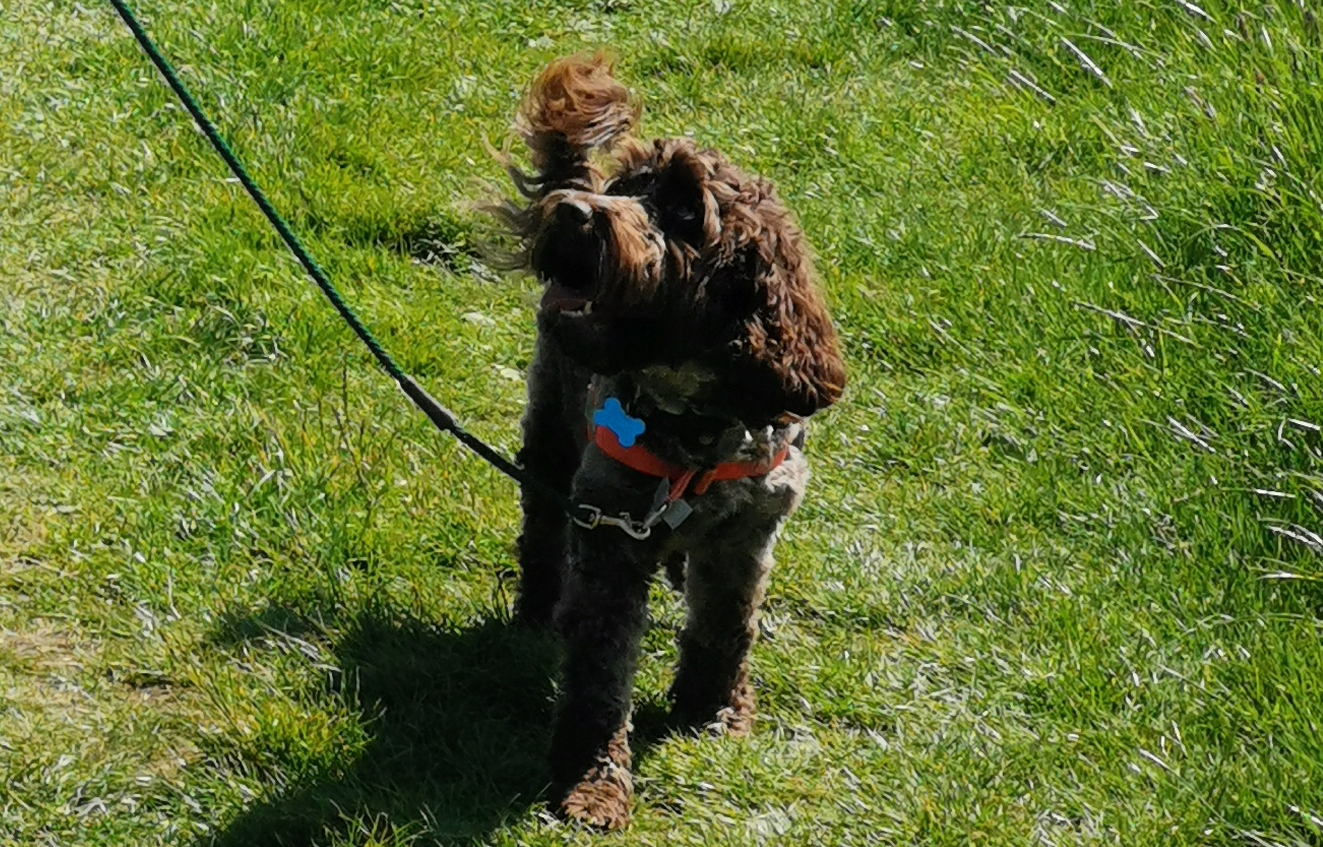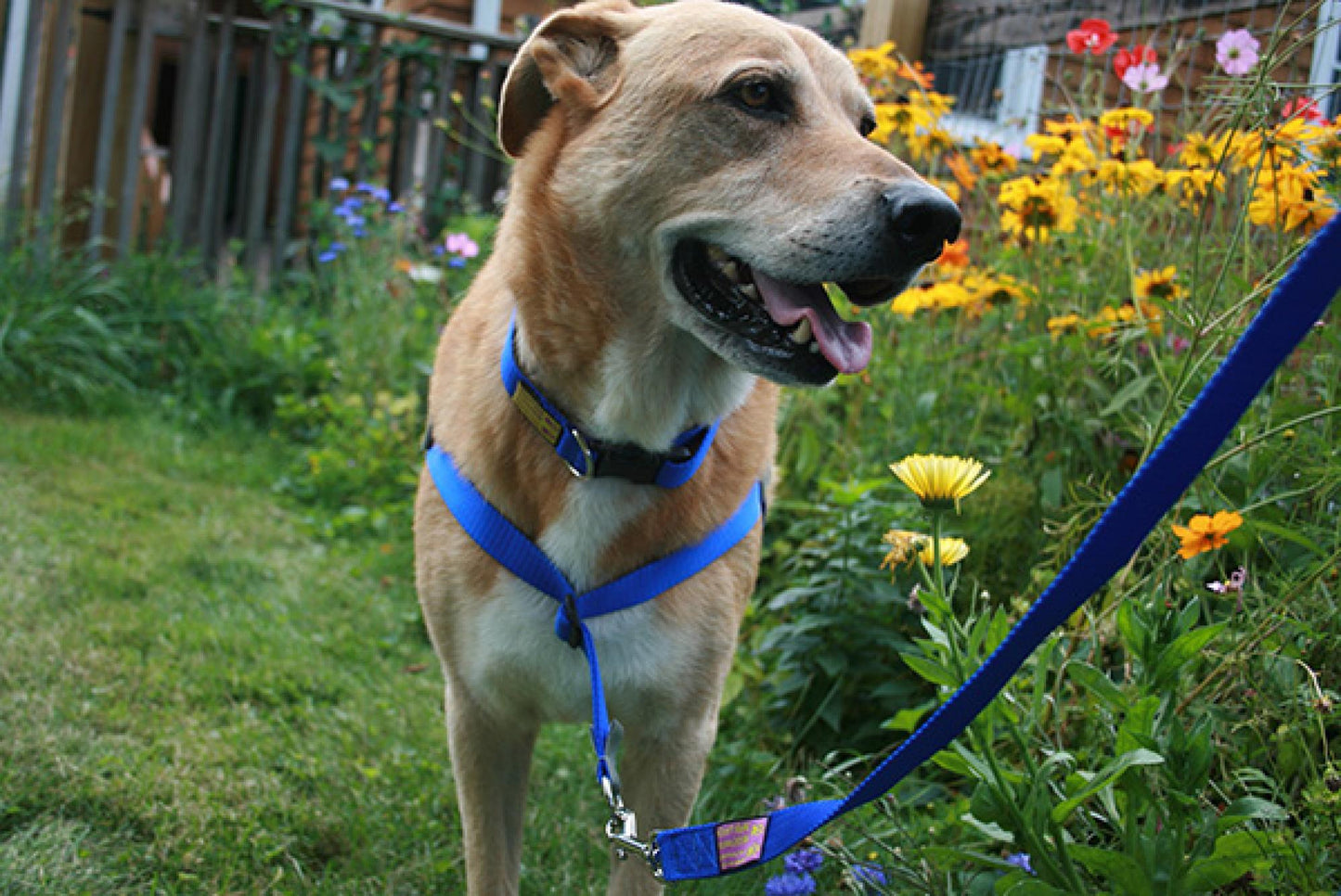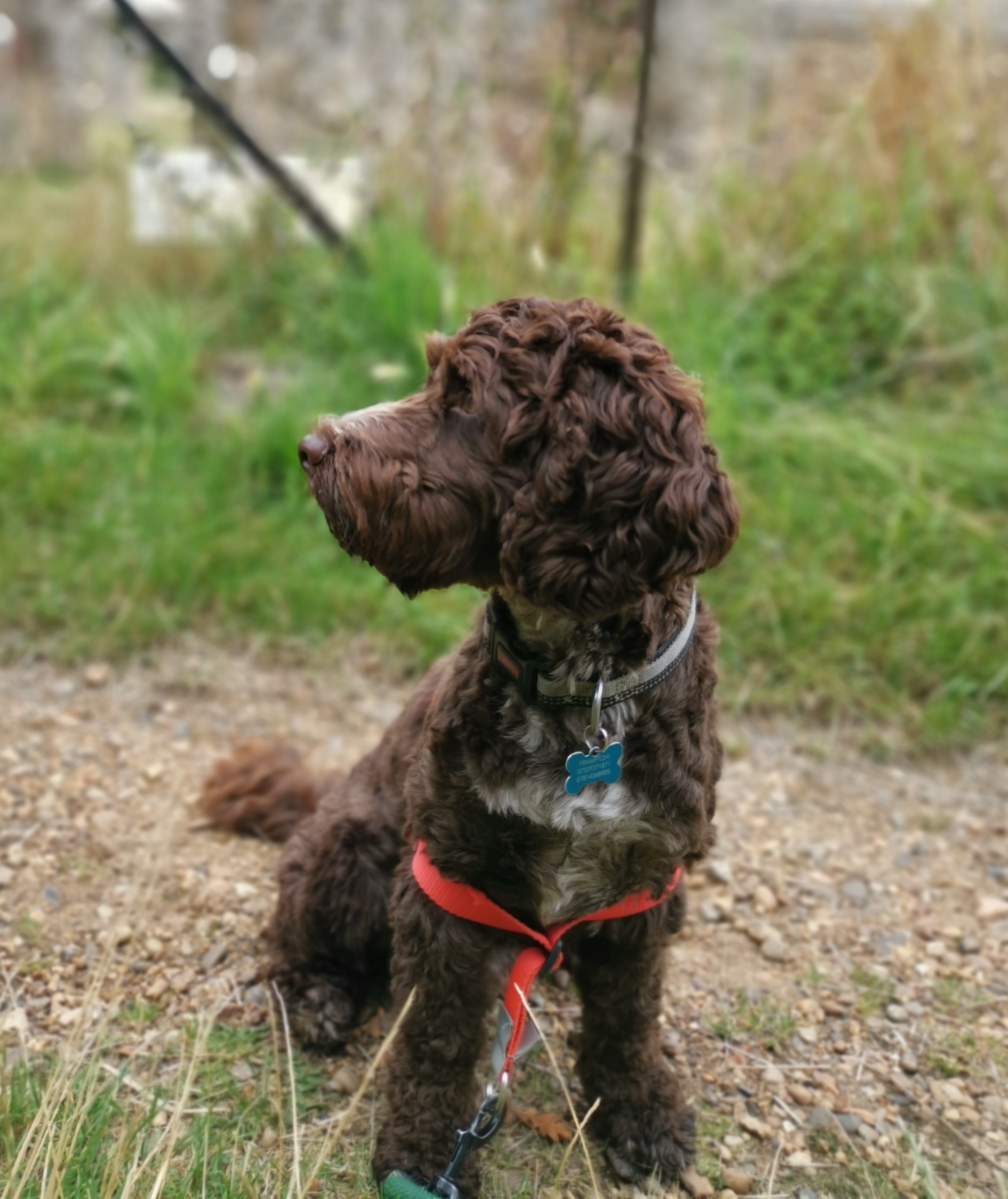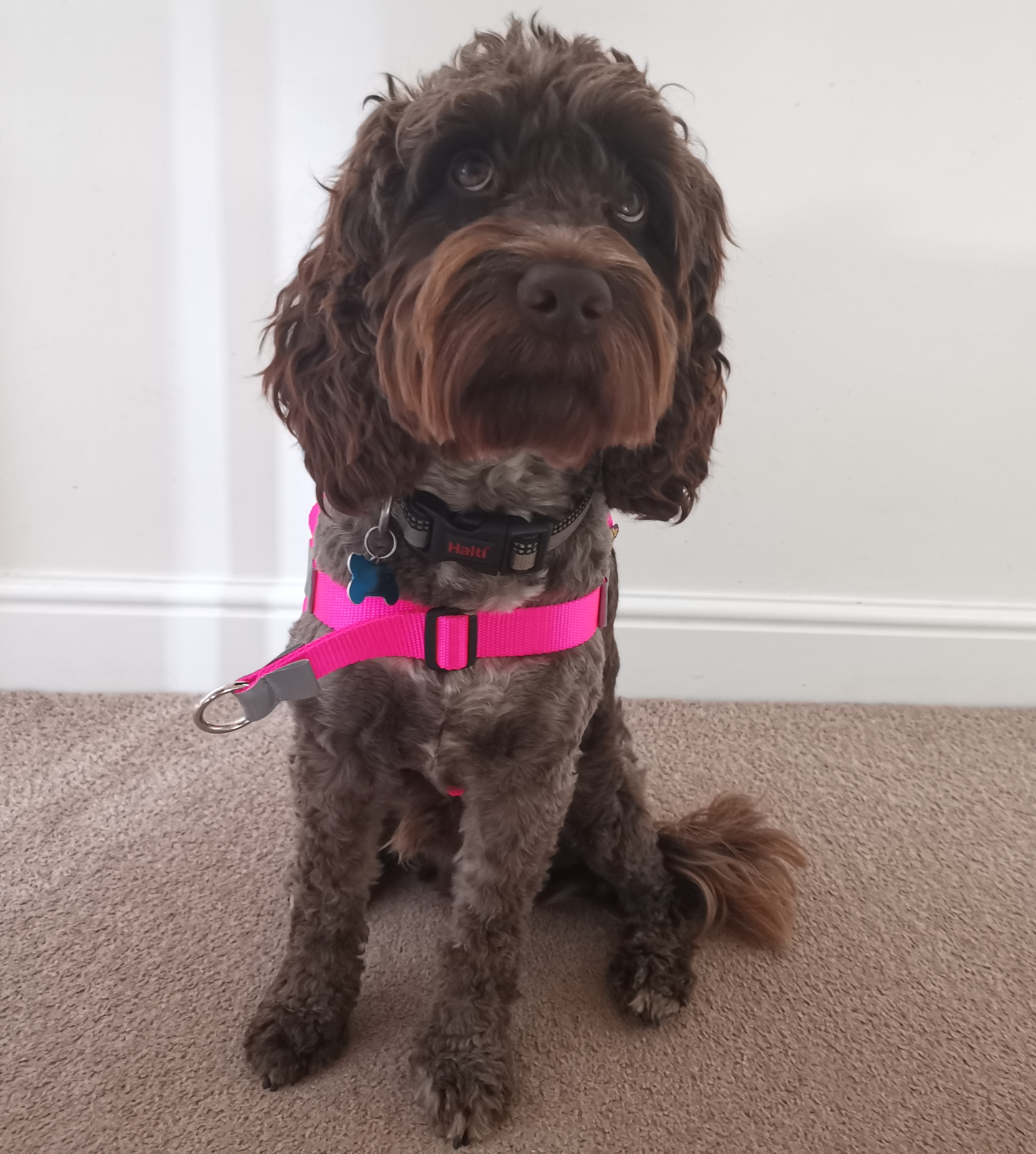Jumping up on people is a natural behaviour in dogs. When dogs jump, they get to say hello face to face, and it's guaranteed to get attention. Jumping to greet, on the other hand, is both annoying and dangerous. Nice clothes can be ruined by muddy paws, and people, especially seniors and children, can be knocked over. It is far more polite and far safer to teach your dog proper greetings.
Why Do Dogs Jump to Greet?
Dogs repeat actions that result in rewards. And few things are more gratifying to your pet than your undivided attention. Other family members, visitors, and strangers can all reinforce the behaviour in the same way. Even negative reactions, such as yelling at your dog or grabbing their paws, are still attention and can reinforce the behaviour. Pushing them away is simply part of a wrestling game for many dogs.
To remove jumping from your dog's greeting repertoire, you must first remove the associated rewards. That means limiting your dog's opportunities to practise jumping while you teach them a more appropriate way to greet people.
How to Teach a Different Greeting Behaviour
If you ignore your dog when he or she jumps, the behaviour should eventually stop. It is, after all, no longer rewarded. However, not everyone you meet in your home or on the street will be aware of the rules. Worse, this is extremely frustrating for your dog. Instead, they must be taught what to do.
It is entirely up to you how your dog greets people. You may simply want your dog to sit or lie down with all four paws on the floor. But keep in mind that you must tell them what to do, not just what not to do. For example, sitting for greetings is a simpler rule than not jumping.
Four on the Floor Training
You can teach your dog to greet people with all four paws on the floor by placing treats on the floor during greetings. The goal is to discourage your dog from jumping by rewarding them before they even consider leaving the ground. The steps below will teach four on the floor:
- Have someone approach your dog while it is on a leash.
- Toss a few treats on the floor before the person approaches your dog.
- Pet and greet the person while your dog is eating off the floor.
- Have the person step back before your dog finishes eating.
- After a few repetitions, repeat the steps above, but this time extend the greeting while continuing to toss treats on the floor.
- Allow your dog to greet the person before placing the first treat on the ground once he or she can keep all four feet on the ground.
- As your dog learns the rules, feed fewer and fewer treats until the greeting is the only reward.
The key to this technique is to be quick with the treats. You must anticipate your dog's jumping behaviour and prepare the treats ahead of time. If you're too late and the dog jumps, have the person turn and walk away while you finish feeding the dog. Your dog will eventually realise that four on the floor equals attention and treats, whereas jumping equals nothing.
How to Teach a Dog to Sit for Greetings
Sitting for pets and hellos is another appropriate greeting behaviour. Your dog will learn that when their bum is on the floor, they get attention, but when they get up, everything comes to a halt. The steps below will teach you how to sit for greetings:
- Attach a leash to a doorknob or a piece of furniture.
- Ask your dog to sit from a distance of several feet. When they do, approach calmly. If they stand up, return to your starting point and request another sit. If they remain seated, approach them and quietly praise and pet them. Continue to greet them if they remain seated. Turn and walk away as soon as they stand up.
- As your dog learns that they must sit to receive your greeting, you can make your approaches more exciting.
- Return to step one with friends and family members once your dog has mastered sitting for greetings with you.
Remember, the more you practise sitting with your dog, the easier this exercise will be for them. It's pointless to teach sit for greetings if your dog still struggles to sit without distractions. Your dog's way of saying please is to sit. Having them sit before going outside, getting their dinner, and so on makes it easier to train them to sit for greetings.
How to Avoid Jumping While Training
You must manage your dog's behaviour while teaching him an appropriate greeting behaviour so that he does not have the opportunity to practise jumping. If your dog has a strong "Go to Your Place" cue, for example, you can send them to their mat or crate whenever the doorbell rings. Alternatively, you can install a baby gate at your front door to prevent your dog from approaching visitors. Keeping your dog on a leash whenever visitors arrive can also help you avoid jumping.
Another management technique is to keep toys and treats near the front door. You can place the reward near the doorway to keep your dog busy while your visitor enters. Alternatively, your guest can use the treat or toy to reward your dog for properly greeting.
It can be especially difficult to avoid jumping while walking your dog. You can't expect strangers to understand or follow your rules. Avoid greeting strangers until your dog understands appropriate greetings with friends and family.
Instead, call your dog's attention with a "Watch Me" command or by squeaking a toy, then let the stranger pass. When your dog is ready to greet people on the street, make sure to inform them of the procedure. If your dog does not follow the rules, request that they ignore him. Your dog will quickly learn how to say hello politely, whether at your front door or on the sidewalk.


